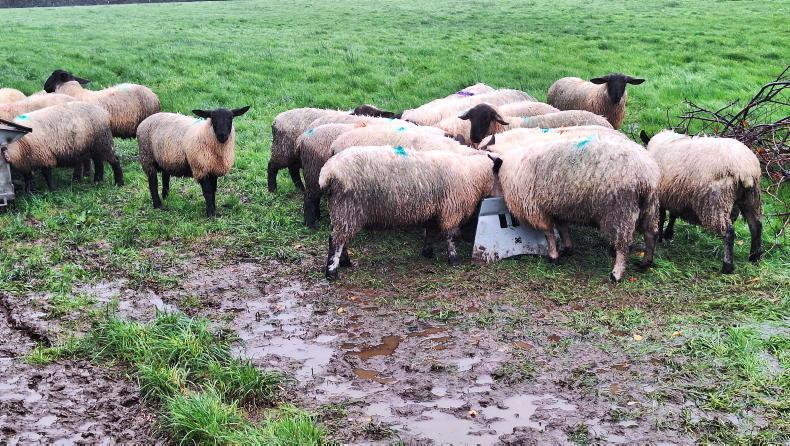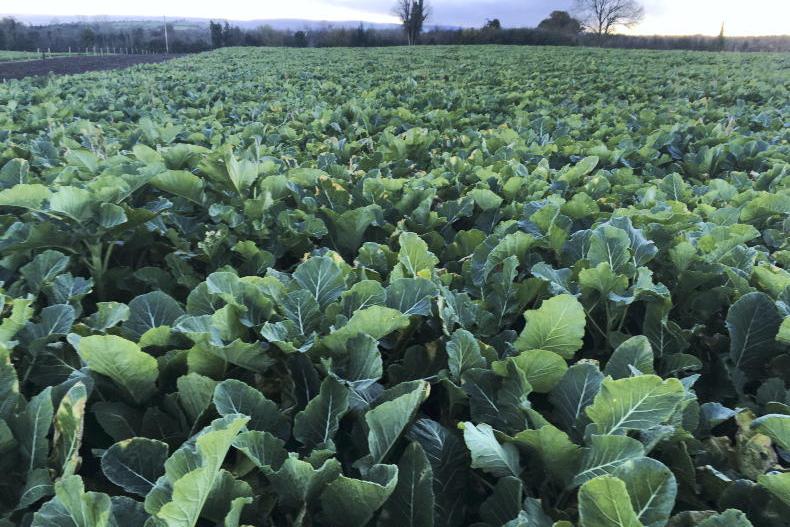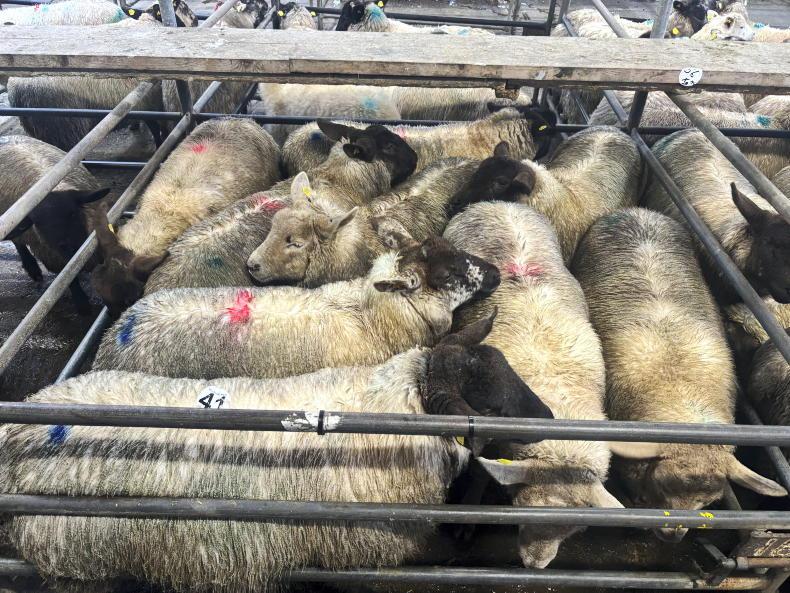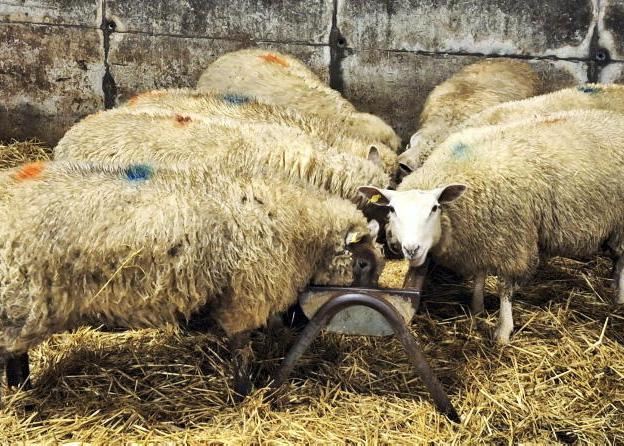Store lamb performance
The sheep feature in this week’s Winter Feed focus on page 54 follows on from last week’s focus on finishing store lambs. The potential gain of hill lambs on top-quality grass is discussed in the feature – lambs gaining 115g to 140g per head per day during August and September, reducing to 55g to 65g per day in October and November.
The average daily gain in December and January is influenced by grass quality/dry matter, availability and utilisation and ranges from 50g back to lambs doing well to maintain their weight.
The performance of lowland terminally-sired lambs will typically fall from 160g on average in September to 115g per day on average during October and November, with similar performance as described above in December and January.
Where the dry matter of grass is at a low level concentrate supplementation, even a small amount, will enhance daily liveweight gain.
The performance of lambs grazing forage crops will also be influenced majorly by weather, with utilisation central to potential performance. Experience from the Teagasc store lamb finishing trial in Athenry shows the average performance of hill and crossbred lambs grazing forage crops from October through to January averaging in the region of 100g to 120g per day.
This performance has been generally amidst challenging weather, where utilisation has been in the region of 40% to 50%.
It also includes lower daily liveweight gain of 40g to 70g in the first couple of weeks when lambs are transitioning onto the crop and there is an adjustment in gut fill.
However, it is not uncommon for such lambs accustomed to the crop to gain 150g to 200g during periods of fine weather and crop utilisation of upwards of 60% to 70%. While lowland lambs are capable of gaining upwards of 200g daily if given optimum conditions.
Worm and liver fluke control
Reports from farmers and veterinary bodies highlight the continued risk of high worm burdens in lambs. This is not surprising given the high worm burdens on pasture. It raises the importance of carrying out regular faecal egg counts, monitoring lamb performance and appropriate treatment.
Factory procurement personnel are also raising awareness of a high risk of liver fluke this autumn. They report that they are already witnessing significant liver fluke damage in the livers of lambs.
As expected there is massive variation evident, with farms with a history of serious liver fluke infestation most at risk.
The greatest threat in October and November is from acute liver fluke, and as such a product with an active ingredient which at least targets the immature stage of the liver fluke life cycle should be selected.
It is important to be mindful of withdrawal periods, which tend to be of significant length in such active ingredients. Faecal egg counts are not a reliable method of identifying acute liver fluke.
Farmers should use all sources of information available including following up on the health status of livers in lambs drafted for slaughter or submitting any fallen animals for postmortem analysis, monitoring animal performance, reviewing patterns of liver fluke infestation on farm and utilising reports and forecasts.
SIS message
Application changes or withdrawals from the Sheep Improvement Scheme need to be notified to the Department, sheepscheme@agriculture.gov.ie, before 6 October.
This is to facilitate timely payments in November, and the Irish Farmers Journal understands that scheme action changes will be accepted after 6 October.










SHARING OPTIONS